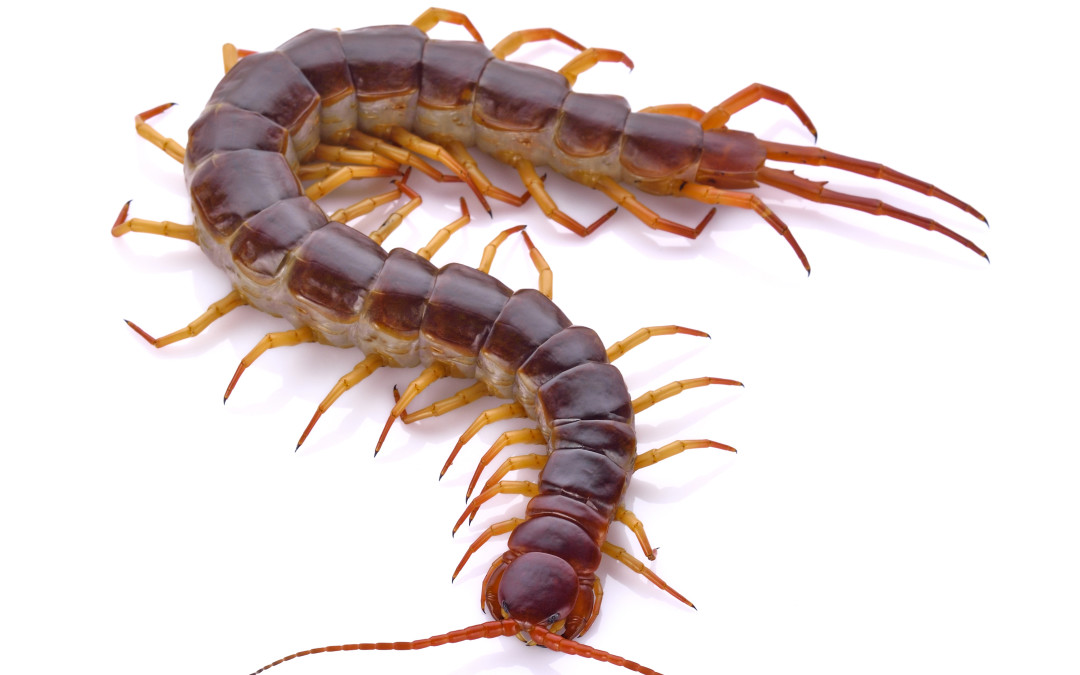Venom producing insects are one of the many unfortunate aspects of living on this planet. Nobody wants to be near venomous insects, and some people will lose their composure entirely if a nearby flying insect makes its presence known. A variety of venomous insects are well known to the public. For example, even children know that wasps, bees, hornets and many arachnid species can transmit venom to unlucky victims. Black widows and certain scorpion species are arguably the two most well known venomous arachnid species. However, beyond a handful of flying insects, certain spiders, and maybe ants, most people cannot name any other venomous insect species. Some people are aware of the fact that certain butterfly species are venomous during their larval stage. Butterfly larvae are often simply referred to as caterpillars. In addition to caterpillars, centipedes are among the most repellent and hair raising types of venomous arthropods in existence.
Centipedes are mostly carnivorous, and much like insects and spiders, they belong to the arthropod phylum. Despite what many people assume, centipedes are not insects; instead, they belong to the Chilopoda genus of arthropod. The centipede species known as Scolopendra subspinipes is one particular species that is known for causing extremely painful sensations after transmitting venom. This centipede species is commonly referred to as the giant centipede. This centipede has been known to cause fatalities, but these outcomes are quite uncommon. However, giant centipedes can certainly ruin your day, and the chances of falling ill after being injected with their venom is not unlikely.
Several years ago, a young man was nearly killed after sustaining a giant centipede bite on his finger. Surprisingly, the victim was a twenty two year old man who had been in good health. He had no history of cardiac or circulatory issues. Despite the absence of cardiac risk factors, the man nevertheless suffered a heart attack that doctors believe was precipitated by the venomous centipede bite. Another victim living in Arizona developed rhabdomyolysis after sustaining a bite from a giant centipede. Rhabdomyolysis is a type of acute kidney injury, that leads to unpleasant symptoms. These symptoms include localized pain, swelling, numbness and discoloration in a person’s limbs. Although the bite victim lived, she had suffered neurological damage that still affects her coordination today. Several deaths resulting from giant centipede bites have been reported, but only one fatality has been confirmed. In the Philippines during the summer of 1932, a young girl sustained a venomous giant centipede bite to the head. She quickly fell ill and died shortly afterwards.
Have you ever spotted a centipede in the wild?

